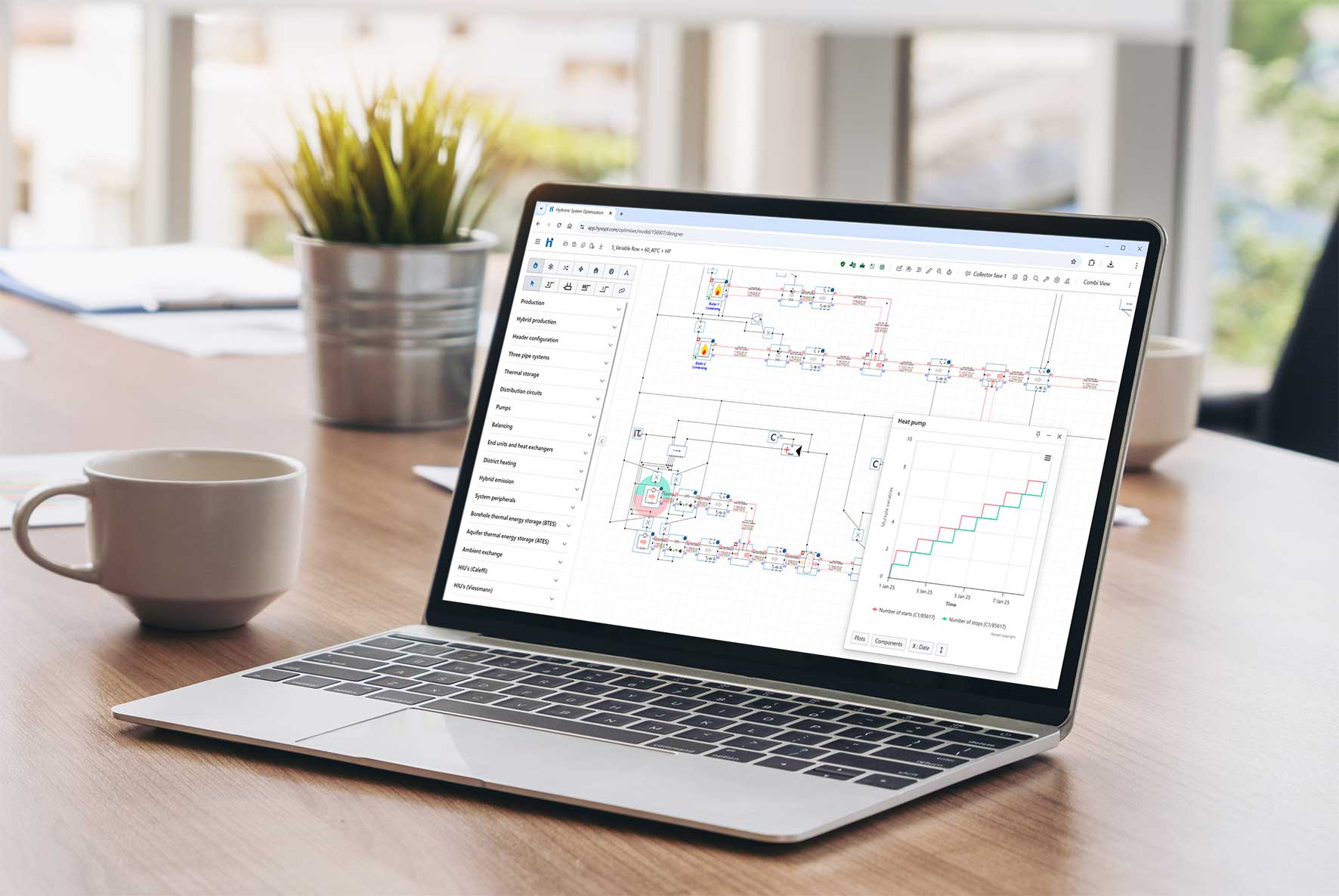How Data-Driven HVAC Design Reduces Risk and Rework
Rework and redesigns cost time and trust. Learn how data-driven HVAC design helps engineers reduce uncertainty, defend every decision, and deliver systems that perform as expected — the first time.
Rework and redesigns cost time and trust. Learn how data-driven HVAC design helps engineers reduce uncertainty, defend every decision, and deliver systems that perform as expected — the first time.
Every HVAC engineer knows the pain of late-stage design changes. One overlooked pressure loss, one inaccurate load assumption, and suddenly entire layouts need reworking. Beyond the technical frustration, rework eats into project margins and damages client confidence.
The problem isn’t a lack of expertise — it’s a lack of data integration. Traditional design workflows rely on manual calculations and assumptions that can’t fully capture system dynamics. As a result, errors remain hidden until installation, when they’re most expensive to fix.
Data-driven HVAC design changes that. By modelling the real physics of your system early, engineers can validate performance before a single pipe is laid — dramatically reducing design risk and uncertainty.
Instead of relying on “rules of thumb” or isolated spreadsheets, modern HVAC simulation tools bring transparency and precision. They allow engineers to test system behaviour under real operating conditions, identifying inefficiencies long before construction begins.
By simulating variables such as temperature differentials, flow rates, and part-load efficiency, engineers can fine-tune their design with confidence. The result? Predictable outcomes, fewer site adjustments, and systems that perform exactly as intended.
See how simulation tools prevent costly HVAC rework ›
When every design decision is backed by traceable data, discussions with clients, consultants, and contractors become simpler — and more productive. Instead of debating assumptions, you can show measurable results: verified efficiency, CO₂ reduction, and operational resilience.
Data validation doesn’t just improve the design process; it builds credibility. Engineers who can quantify their choices move from being seen as designers to being trusted technical advisors.
Data-driven HVAC design isn’t about adding complexity — it’s about reducing it. By embedding simulation and validation into the design process, engineering teams can deliver more accurate results, faster, and with less rework.
In an industry where deadlines are tight and reputations are built on performance, that’s not just a competitive advantage — it’s a necessity.
That’s how leading HVAC engineers defend their design decisions with data ›
Request your trial today and experience the power of Hysopt first hand.
Discover the 6 key HVAC trends for 2026 in this e-book packed with data-driven insights and actions to help you stay ahead in the changing market.
Download your copy today and see what no HVAC engineer can afford to ignore in 2026.



